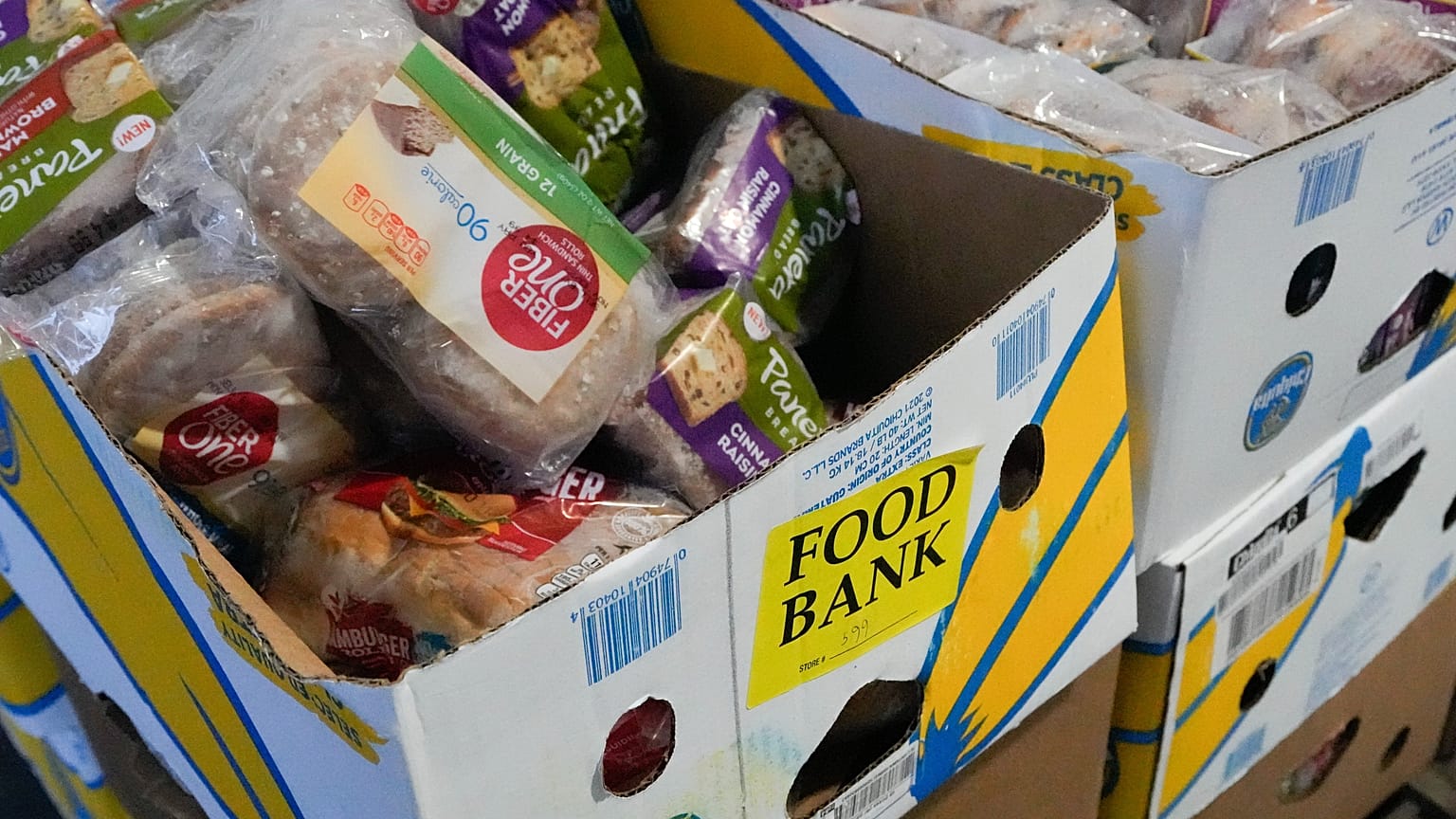The donations will fund hundreds of thousands of meals to help feed the growing number of Europeans and Americans grappling with rising food and housing costs.
In June, Cardiff Foodbank in Wales received the largest donation from an individual the organisation had ever seen.
In an interview with UK newspaper the Guardian, CEO Rachel Biggs revealed that pop star Taylor Swift was behind the contribution.
The 34-year-old singer has been donating to food banks around the UK, Europe and America during her 18-months-long Eras Tour.
The donations will fund hundreds of thousands of meals to help feed the growing number of Europeans and Americans grappling with rising food and housing costs.
Taylor Swift food bank donation feeds 1,200 people in Cardiff
According to Biggs, the Swift’s donation helped to feed “1,200 people three meals a day, for three days - or 10,800 meals.”
“The breathing space Taylor’s donation has given us will enable us to lift our heads and shift our focus from the food bank to the creation of a sustainable operation supporting people who currently need our help with support to address the root cause of poverty and financial support to set them on the path to not needing our aid any more,” Biggs told the Guardian.
The Grammy winner also made contributions to Liverpool and Edinburgh-based food banks during her UK stint.
In an Instagram post, the Edinburgh Food Project wrote, "Thank you so much Taylor - you have changed Edinburgh for good."
Rich Jones, chief executive of St Andrew’s Community Network in Liverpool which manages 11 food banks, said the singer’s contribution would fund food donations for a full year.
Dublin-based food support charity Crosscare reportedly received €25,000 from Swift.
Speaking to the BBC, manager Paula Harris said the organisation was "absolutely thrilled.”
"They're just over the moon, it is such a good opportunity, not only is it financial support for us but a great opportunity to get some awareness about our support," she added.
While touring the continent, Swift made a "substantial" donation to Voedselbank Amsterdam, the Dutch capital’s main food bank.
The organisation wouldn’t reveal how much the singer contributed but a spokesperson for the organisation told NL Times, “We think it’s great that a star like Taylor Swift reaches out to people in need.”
Swift food bank donations in the US equivalent to hundreds of thousands of meals
While touring 52 cities in the US earlier in the year, the billionaire pop star also made donations to American food banks.
Since last March, Swift has donated the equivalent of hundreds of thousands of meals to help feed Americans. Food insecurity has been spiking and federal government COVID-19 aid has ended.
“We got so much support during COVID,” said Jessica Sund, director of development and communications at Channel One Regional Food Bank of Minnesota, which received funding from Swift.
“That really helped us not have a horrible situation. But the numbers we’re seeing are so much higher now because of inflation and cost of living, and all of that support is gone.”
Swift’s support has been meaningful, food bank operators say, especially in drawing attention to their crucial service for low- and mid-income people.
But food banks, collectively, require billions of dollars in funding per year, said Kyle Waide, CEO of Atlanta Community Food Bank, who is chair of the National Council for Feeding America and whose Georgia food bank is a Swift grantee.
The annual funding shortfall between what is needed in food assistance and what is provided by the federal government is roughly $33 billion (€29.5 billion), according to Feeding America, a network of food banks, pantries and local meal programmes.
Food banks save millions of metric tonnes of carbon dioxide emissions
Food banks have been shown to have an important role in climate change mitigation.
By redistributing food that would have been thrown away, food banks prevent millions of metric tonnes of harmful greenhouse gases from being released.
The Global Foodbanking Network, which supports food charities in over 50 countries, reported that member organisations distributed 1.7 billion meals in 2023.
According to the nonprofit's annual impact report, this saved an estimated 1.7 million metric tonnes of carbon dioxide equivalent which would have been emitted had the same volume of food gone to landfill sites.
When decomposing, food waste releases large quantities of methane, which is over 80 times more potent than CO2 over a period of 20 years.
When food is thrown away, it also means the emissions generated during the growing, transporting and processing stages become redundant.


















